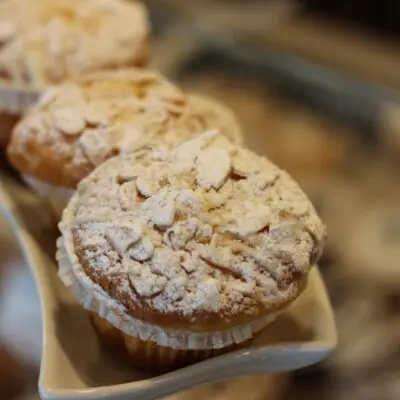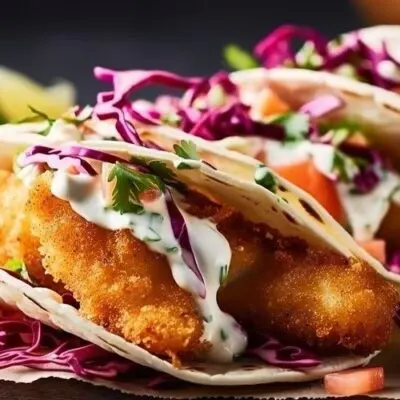Directions
Shrubs are acidic syrups made with citrus peel (and fruit in general), juice, sugar and vinegar or spirits, essential ingredients for the preparation of great cocktails.
There are no original recipes or the 10 Commandments on making shrubs because they were born from two distinct needs: to find a way to preserve fresh fruit or to mask the adulterated taste of seawater of spirits introduced illegally in 1700 in England.
So synthesizing shrubs can be syrups (alcoholic or not) made with juice, fruit, spices, sugar, vinegar, and cordials: simple distillates flavored with juice, vinegar, spices, sugar and peels.
The difference is subtle. It all depends on how much sugar you put in, so much so you can make liqueurs or sweeteners with minor changes.
To give you an example, the most classic of cordial-based cocktails is the legendary Gimlet, made with lime cordial, which is nothing more than a slightly alcoholic shrub made with gin, lime juice, sugar syrup and peels.
Today shrubs have been reborn and indeed, we are witnessing a flowering of new ideas. Thanks to the revolution of modern mixology, we can find a thousand recipes that include great ferments and syrups, which leads us to create increasingly tasty homemade artisanal products.
But to tell the truth, we already knew these delicious preparations that you can find in a fundamental book. Yes, in the Savoy cocktail book, we find at least four recipes of this kind.
Two cordials and two syrups. Don’t worry. You can find them at the bottom of this page.
As mentioned, shrubs are typical of British culture and tradition, but they have always been successful in the United States.
Conservation in vinegar and sugar is as old as the world. Just think of Italian giardiniera: pickles and sweet and sour preserves. So don’t be surprised if the oldest and most popular recipes are raspberry, berry and wild fruit syrups, much more abundant in Great Britain.
Pellegrino Artusi himself, in his masterpiece cookbook, Science in the kitchen and the art of eating well, tells us about a raspberry sorrel, which is nothing more than a shrub, that’s right!
Today it is very cool to talk about these trendy ingredients. They show off as if they had discovered America, but remember that the nineteenth-century homemakers of Vigevano and Manchester were already making rhubarb or cherry shrubs to keep them from rotting.
What are shrubs used for?
It doesn’t necessarily have to be alcoholic. You can make them with anything, even just orange peel, nutmeg, sugar and vinegar or rum, pepper and raspberries, so indulge yourself.
Consider them as sweeteners that can also be served with soda or tonic water to make excellent thirst-quenching mocktails or the bases for sumptuous and full of flavors cocktails.
Think of the difference between an industrial grenadine that tastes of sugar and radioactive candy and one made with fresh pomegranate juice, vinegar, sugar, and cinnamon, and then try using them to make two simple cocktails like Bacardi.
In all the recipes we have published, we will specify which shrub we are referring to, but in most of these, we will talk about syrups, the most used.
How to make shrubs: the basic recipe
There are two ways, but on a practical level, you must first make a syrup of sugar, juice, and peels and then flavor it with vinegar or distillate of your choice. Once done, the shrub can be safely preserved for months. However, it loses its aromatic charge within two weeks, especially if you do it with citrus peels. And as you well know, the freshness and intensity of the aromas is the main feature of these syrups.
Making a shrub syrup is a very trivial operation. If you are a beginner, it is better to start with easily manageable doses so that the syrup is balanced and nuanced and not just sugary.
Let’s start with the ingredients: 500 grams of vinegar, 650 grams of sugar and 500 grams of citrus fruits. You can add spices, flowers and herbs to your liking. The most attentive of you will have noticed that the amount of sugar and fruit is the same when in reality, to make the natural syrups, you should use twice the amount of sugar compared to the mass of juice and fruit.
True, but in this case, we have vinegar, a formidable preservative, to help us preserve the product. So it is not only a fact of sour and tart taste but also a need for conservation. Not to mention that vinegar was much less expensive than sugar in the past, and it was easier to find it.
Ok, let’s start with the basic recipe, then we can think about the variations. Wash the citrus fruits, which must be organic and untreated, then brush them carefully, peel them, being careful not to cut the albedo, which is bitter like gall. This is the most delicate part.
Thinly slice the citrus peel, place it in a container, cover with the juice and sugar, mix to dissolve the sugar, cover tightly and refrigerate for 24 hours. After 12 hours, stir, close and let it rest for another 12 hours.
After 24 hours, filter the syrup by removing the peels, add the vinegar and bottle in a sealed container sterilized in boiling water, which you will allow cooling, then let the shrub rest for at least a day before using it.
You can put it in a saucepan and simmer for five minutes, but it is not strictly necessary.
What cocktails to make with shrubs
There are a thousand recipes to try, from simple non-alcoholic to kir royale made with raspberry shrub, passing through all the revisited sparkling cocktails. Make a shrub with the juice provided in the recipe to amplify the drink and make it more aromatic for each sparkling cocktail.
To the Bellini, add a shrub of peach, grapefruit, and cinnamon; to Rossini, add a strawberry, rhubarb and ginger shrub; to Tintoretto, add a pomegranate, thyme and sandalwood shrub. But these are just suggestions: the combinations are endless. If you want to make great non-alcoholic cocktails start making low-handed shrubs with all the seasonal fruit. Start with simple recipes, using equal doses of fruit, sugar and vinegar and then add spices or aromatic herbs.
The improvised cocktails are also excellent: base of 9cl of prosecco, Champagne, or Franciacorta in the glass and then add 1 cl of shrub with berries, pomegranate, plums and nutmeg or classic sorrel-style raspberries.
History of the shrubs
We keep the most fascinating part for the grand finale. The word shrub comes from the Arabic language, precisely sharaba, which means to drink, from which sorbet derives.
In reality, shrubs have always existed in the British countryside. After the fruit and vegetable harvests, fruits and vegetables were preserved in sweet and sour mixtures of sugar and vinegar, not to spoil the earth’s products.
The story becomes more compelling during the eighteenth century. With the great struggle against illegal distilleries and heavy taxation by the government, furious smuggling developed between Europe and England.
Rum, jenever, and brandy were dumped into the sea and hidden in underground tunnels dug into the cliffs and then stored until the sale. The sea, however, if taken in small doses, as Talisker and Highland Park teach us, is suitable for whiskey, but the smuggled barrels remained at the mercy of the waters for days, becoming extremely tasty.
They tried to adjust these distillates with a mixture of citrus fruits, juice, and sugar to remedy this. And thus, the first shrubs, such as cordial liqueurs flavored with syrups, were born. Products that, if added with hot water, become excellent grog.
Recipes for making Brandy shrub (cordial)
Wash two organic and untreated lemons, peel them, and cut the peel into thin strips. Squeeze 5 lemons, filter the juice, place in a container with the lemon peels, add half a liter of brandy, seal, and let it rest in the refrigerator for three days. Add 1/4 liter of sherry, and 1 kilo of sugar, stir to dissolve the sugar, and strain through a fine sieve and bottle.
Recipe for making Rum shrub
Squeeze oranges to get 1.5 liters of juice, filter, and mix with 300 grams of sugar. Pour the sugar juice and 3 liters of rum into a barrel or container, close, and let it rest for 42 days. If you do this, you are a hero!









